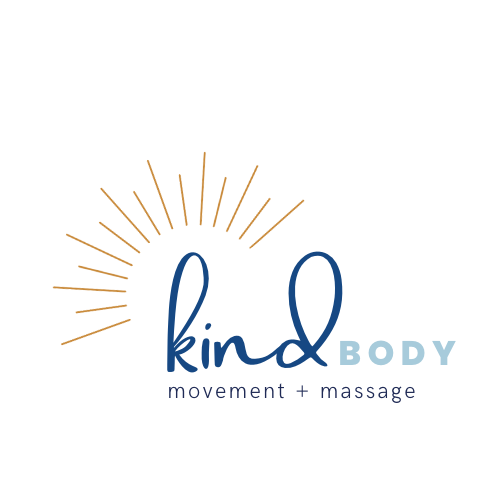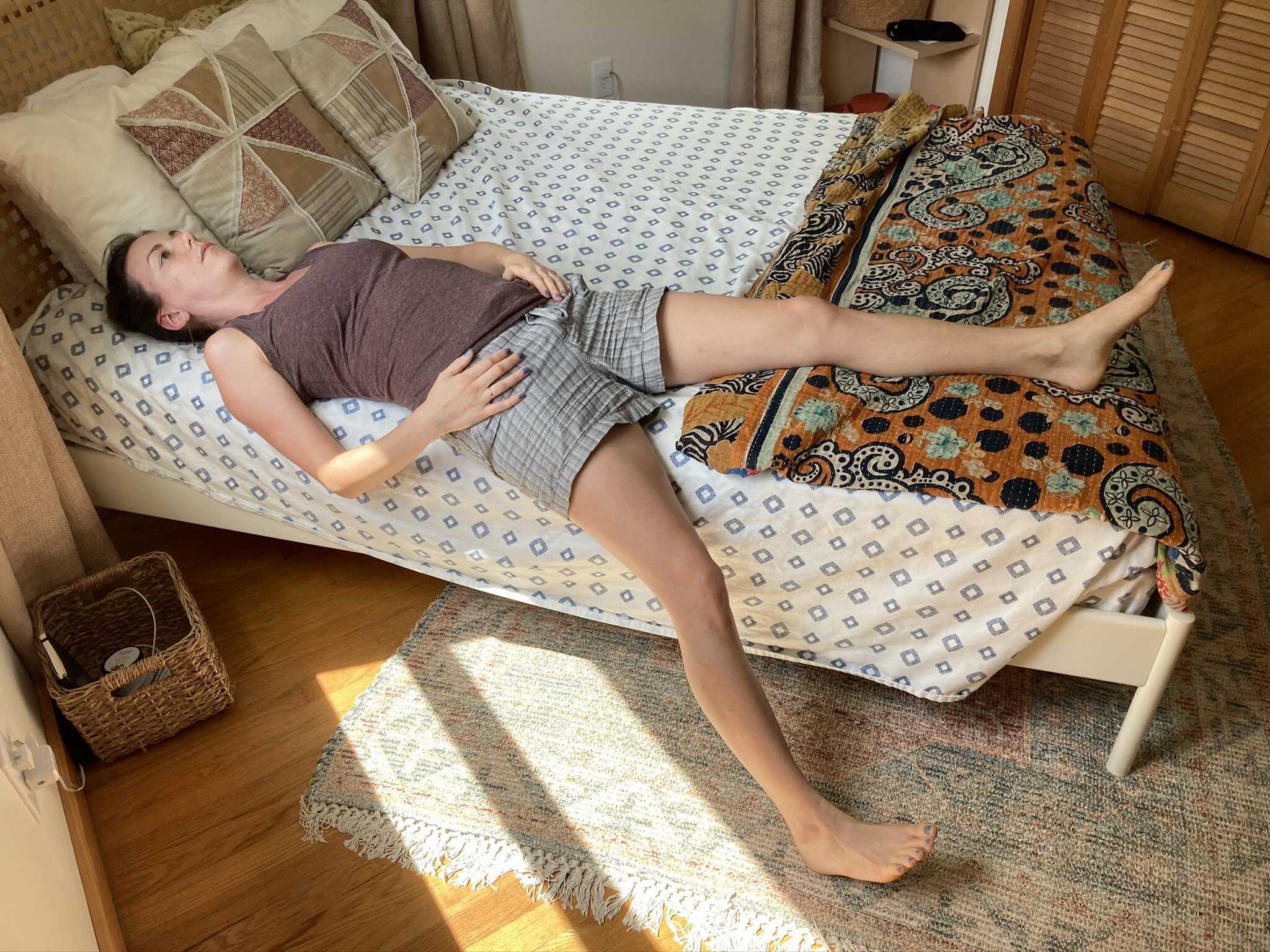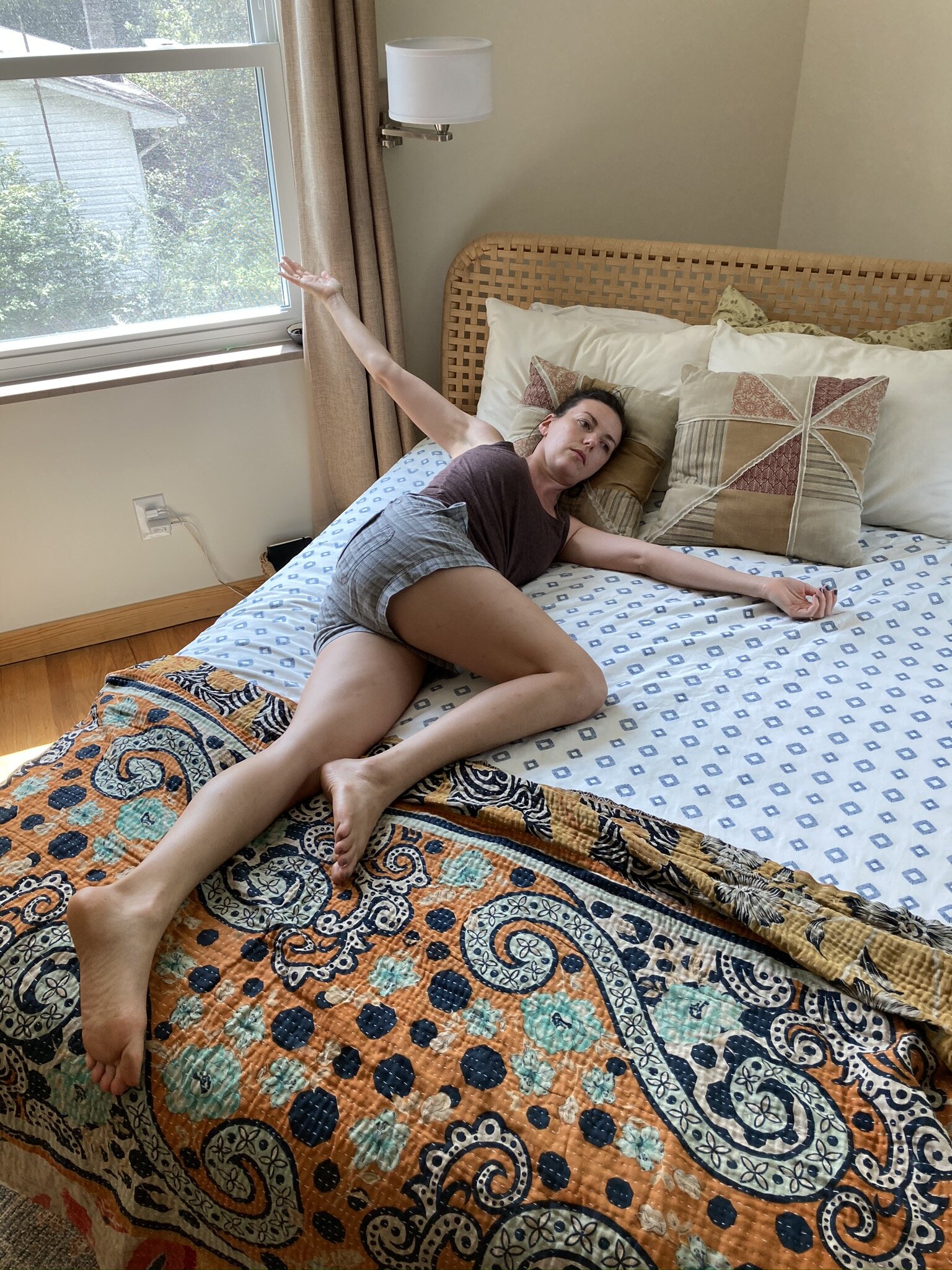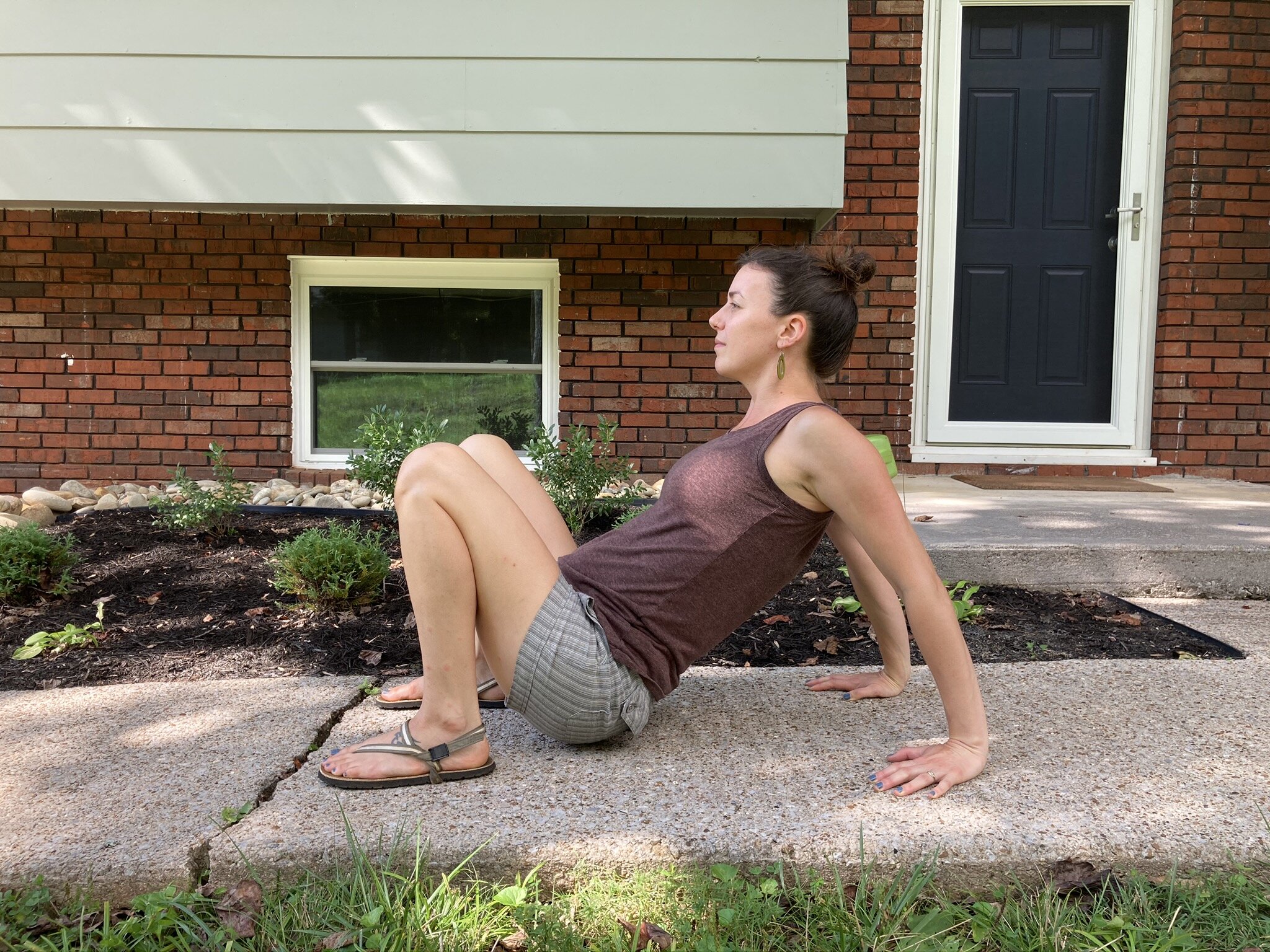Walk This Way
Why walking counteracts sitting and ways to help you walk better.
Let me start off by clarifying that the only thing that truly counteracts sitting is not sitting. One particular exercise or workout is not going to undo the hours you’ve logged sitting. Hopefully you’re not disappointed that I don’t have some miracle movement for you—or maybe you’re relieved to see that I’m not unknowingly oversimplifying and reducing the complexities of human movement into clickbait. (It sure is hard coming up with blog titles sometimes.) Anyway! Let’s get to it...
We’re always moving forward.
Many of the ways we move (or stay still) require that our limbs be in front of our bodies. For example, when we sit, the legs are in front of the pelvis and the torso. When we work at the computer or drive a car, the arms are, again, in front of the torso (and we’re also sitting). Texting, eating, reading, etc, all these actions require our limbs to be in front of the pelvis and torso.
What does this do to our bodies?
Remember that the body changes shape to conform to the shapes we put it in most frequently (like with high-heeled shoes). As a result, it can get more difficult for your nervous system to feel safe when your body is in uncommon positions. And rightly so! If the nervous system doesn’t feel safe with your body in a specific position, typically, it won’t let you get there. That’s why most of us have a really hard time putting a foot behind our heads or even just touching our toes.
But healthy shoulders, hips, spines—all the things—require movement inputs in many directions. Don’t worry; you don’t necessarily have to log any extra gym hours to fit this in. An easy way to get your limbs moving behind the pelvis and the torso is to just take a walk.
Now some of you reading this might hop right up and hit the trail. “Jen said go take a walk so that’s what I’m going to do.” I admire your gusto.
Getting more movement matters. The quality of that movement matters as well.
For example, if you need to get 2000 calories of food per day, you could achieve that by eating a pile of peanut butter cups, by eating frozen meals from the grocery store, or by cooking at home using fresh organic produce and other foods that are free from harmful chemicals and pesticides while also paying attention to balancing your protein, carbohydrates, and fat.
So yes, please, go for a walk, but also consider…
The way you’re walking determines just how nutritious it is for your body.
Reach Back to Go Forward
As a massage therapist and a body nerd, I really enjoy people watching, and specifically movement watching.
Everyone has their own way of walking—their own “gait pattern.” Frequently I see folks kicking a leg out in front of them and then falling forward onto that foot.
I also see people doing a lot of different things with their arms. Some folks don’t move their arms at all when they walk, while others swing their arms sideways or way out in front. Some folks even carry weights when they walk (or a water bottle in one hand and an iPhone in the other).
I think most people would say, “Why yes, I’m going forward so my legs and arms should go forward to help me with that work.” But actually, no.
Row, Row, Row Your Boat
Think about rowing a canoe. The rower drives the ore down into the water and pulls it back. The movement of the ores back (behind the rower’s torso and pelvis) is what propels the canoe forward.
When you walk forward, it’s supposed to be because one leg stabilizes and “drives” into the ground and then pushes off behind you.
It helps to think of that movement coming from the back of the thigh or the knee. If your focus is on your foot, you may end up bending your knee—this would be like trying to row a canoe with a floppy hose or an ore that is hinged in the middle.
In case you’ve never lifted another human’s leg before (I do it a lot as a massage therapist)…LEGS ARE REALLY HEAVY. So that’s quite a bit of weight that can tweak your pelvis and spine. The easiest thing to do to counterbalance the weight and stabilize the spine is to swing the opposite arm back as well. It’s called reciprocal arm swing and it’s nature’s way of helping you combat those batwings.
This “backward” movement of the arms and legs makes walking a great movement to counterbalance all the sitting and typing and driving we do. But because many of us spend so much time sitting and typing and driving, some bodies may need a little extra help finding the freedom for the arms and legs to effortlessly and efficiently move behind the torso and pelvis.
Exercises to Develop Your Posterior Driven Gait
If your shoulders and hips feel stiff and tight, try some of these exercises to loosen up. For best results, do these before you head out for your walk and notice how your movement shifts as a result.
If you’ve been sitting for a while before your walk:
Chair Lunge
Turn your chair sideways and scoot to the edge of the seat so one sit bone is hanging off. Reach that leg back into a lunging position. Play around with remaining passive in this shape and activating to almost hover about the chair. Take some deep breaths and repeat on the other side.
Chair Back Stretch
Scoot to the edge of your seat and reach your arms behind you to hold on to each side of your chair back. Keeping the low ribs down, lift the top of your breastbone and reach your chest away from the chair back. Take some deep breaths allowing the ribs to expand with each inhale.
If you’re heading out to walk first thing in the morning, do these before you get out of bed:
Passive Hip Flexor Stretch
Situate yourself at the side of the bed. Place your hands on your hip points to remind your pelvis to stay level. Allow the leg that’s closest to the side to release down toward the floor. Avoid allowing that side of the pelvis to release toward the floor as well. To repeat on the other side, either kick your co-sleeper out of bed or turn around so your head is at the foot of the bed. Maybe hit the snooze button one more time.
Side-lying Windmill
Lie on your side with your top leg bent (you can always place a pillow under your bent knee). Reach your top arm up toward the ceiling and then back behind you. Continue moving that arm in a full circle, like a windmill, to wake up the range of motion in your shoulder. Roll over and repeat on the other side. Try not to hit your co-sleeper.
If you’re heading out to walk after spending some time on the floor, try these before you stand up:
Supported Sphinx
Grab some reading material, a cushion or pillow, and settle in. Lay over the cushion so that your pubic bone is off the ground and below the cushion. As you relax into this shape, hopefully your pubic bone will release more toward the ground.
Floor Angels
Recline with your cushion or pillow under the tops of your shoulders and head. Turn your palms to face up and move your arms up and down like you’re making a snow angel.
Crab Stretch
Get into a crab position with hands and feet on the ground, torso facing the ceiling. Pick up your hips a bit and send them as far forward toward your feet as your shoulders will comfortably allow. After a few breaths here, set your pelvis down all the way and plant your hands on the ground closer to your pelvis. Walk your feet a bit forward so your body is reset in the starting position and repeat. (You will travel across the floor.)
Block Lunge
Come into a low lunge position. If you’re hands don’t comfortably reach the ground, place them on blocks, step stools, or sturdy stacks of books. Place another block under your back leg and lower the leg down to rest on the block. The block should sit just above the knee cap, on the fleshy part of the top of the thigh. In this picture, my block is on the medium setting but you can feel free to place yours on a lower or higher setting. Hang out and breathe for 60-90 secs.
Conclusion
When we sit at the computer or drive—and even when we eat—we’re logging a lot of time with our legs and arms in front of the torso and pelvis. Walking can be a great way to get our limbs moving behind the torso and pelvis. A few simple exercises can free up space and release tension to make walking this way feel easier and more natural.
What does your walk look like? How do your arms swing? How often are you walking each day, each week?















